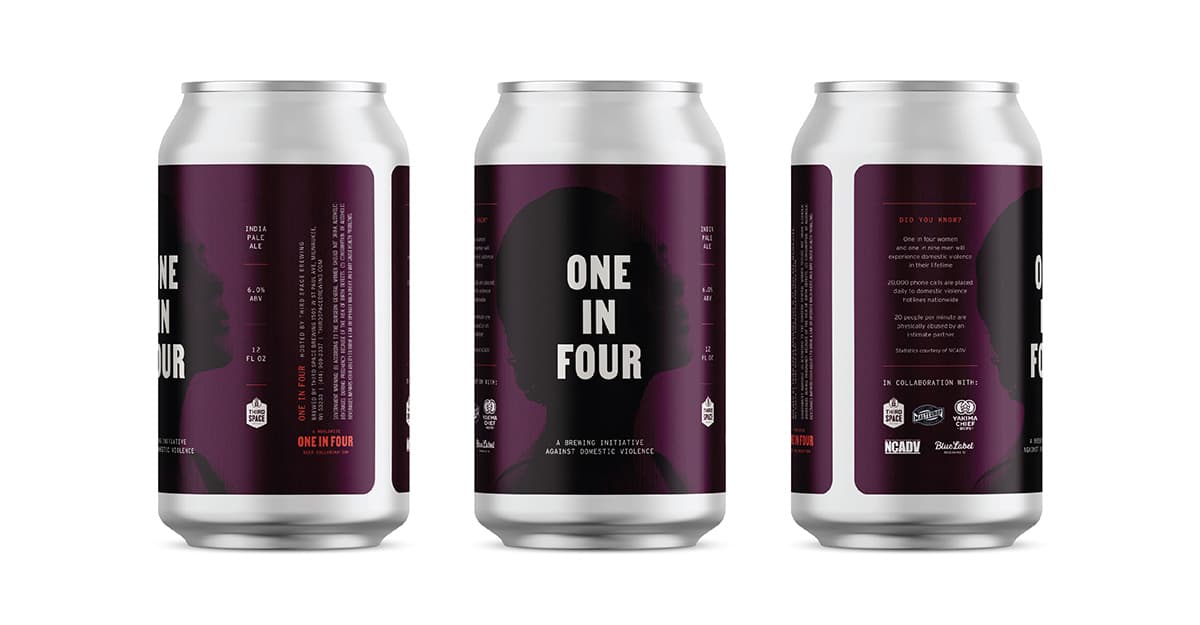
The Beer Ticker: Industry News & Notes, Midsummer 2022 Edition
From mergers and acquisitions to free gas money, here are some recent news and announcements from the industry.
Showing 321-340 of 824 articles

From mergers and acquisitions to free gas money, here are some recent news and announcements from the industry.
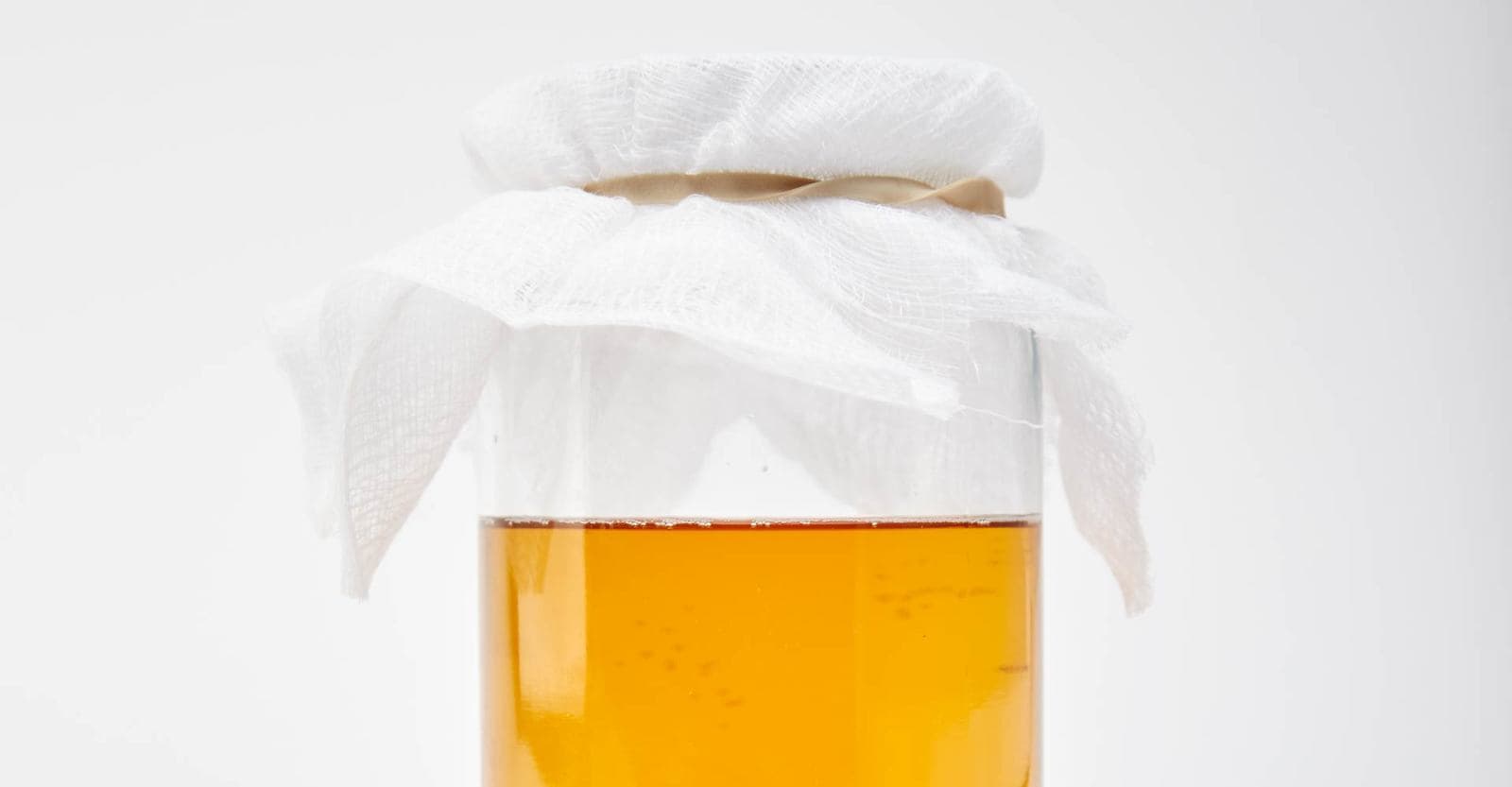
What does “local” taste like? Ask a microbe. From clean lagers to funky farmhouse ales, capturing yeast from your brewery’s backyard can lead to distinctive products that belong to their locale.

Japanese beermaker Sapporo announced that is purchasing Stone Brewing, one of the most influential and vocally independent U.S. craft brewers of the past few decades.

At times, Odell Brewing in Fort Collins, Colorado, has flirted with becoming a major national player. These days, McGivney as COO and Smitty as CEO are looking instead to dig deeper locally, appealing to a broader base of drinkers in their regional market.

In the first of a three-part series focusing on hop products that weren’t available to 20th-century brewers, Stan Hieronymus zooms in on all the potential of a pellet.
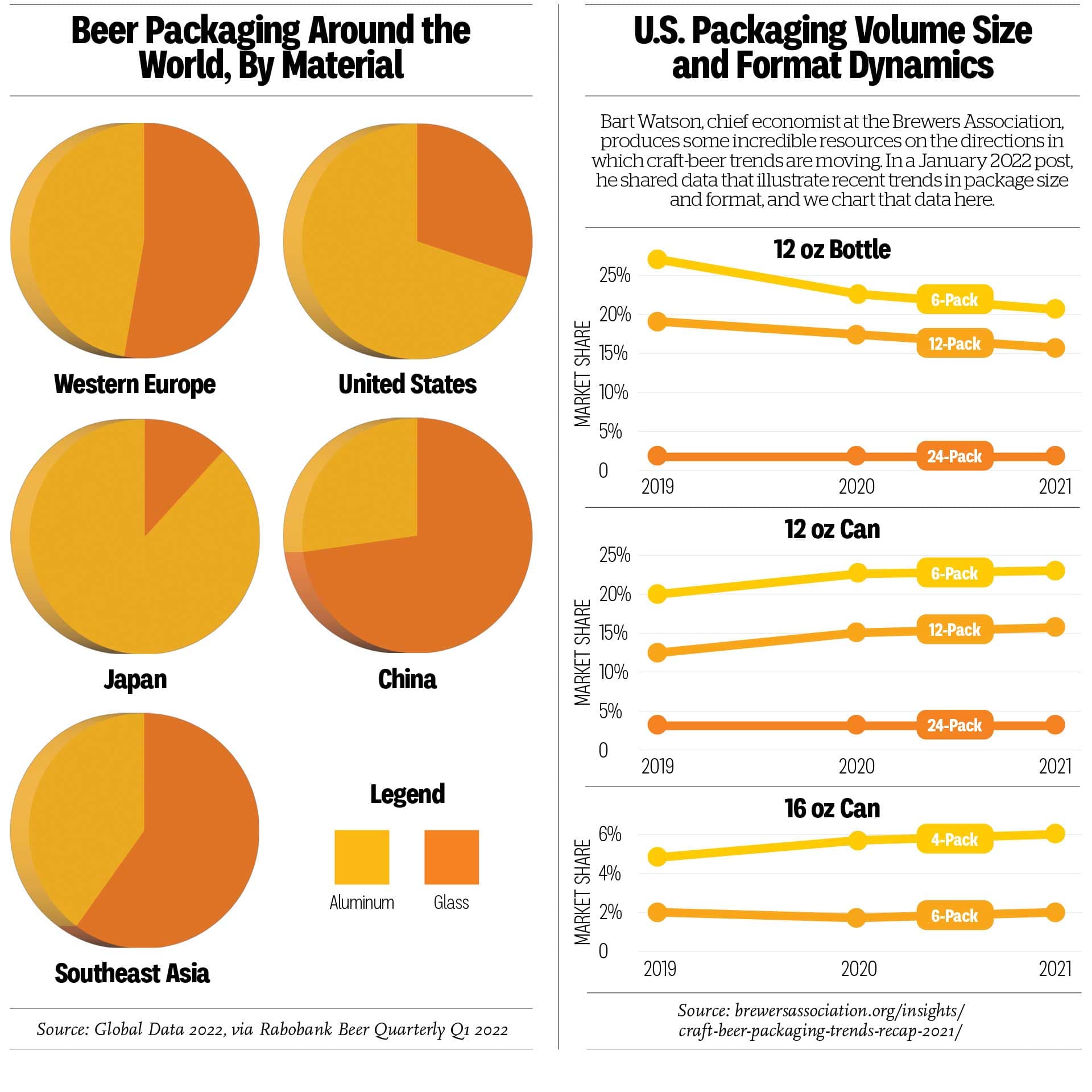
Consumer preference around packaging format is a moving target. Here, we visualize packaging on a global scale as well as recent movement in consumer trends in the United States.
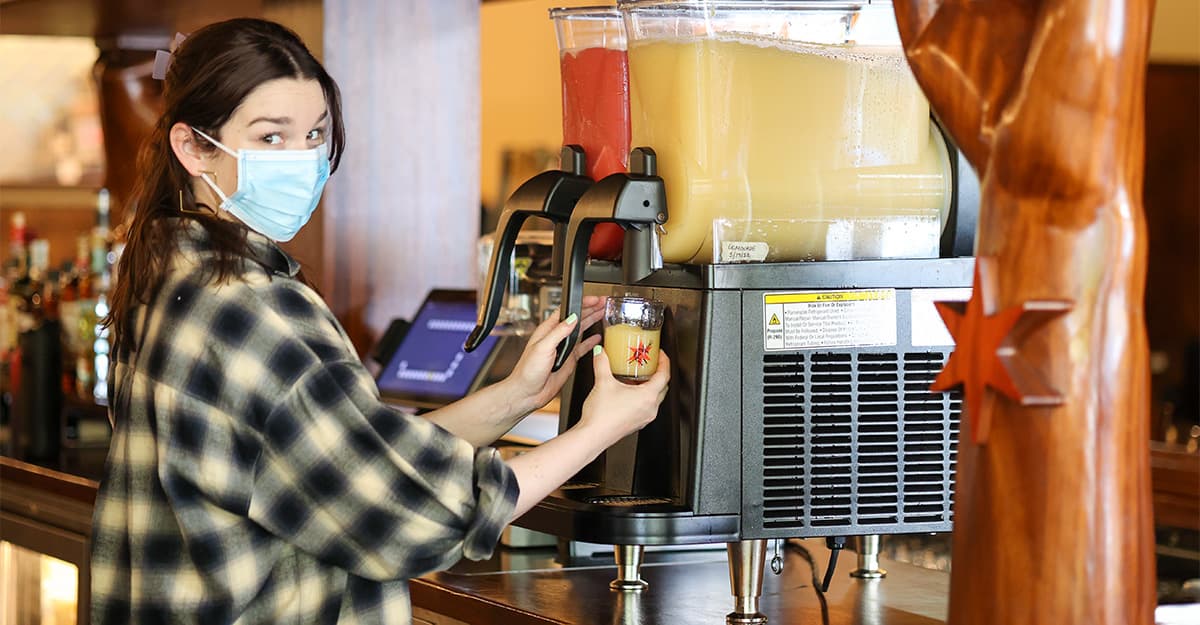
Fruit beers with straightforward flavors and familiar inspirations may be all that breweries need to keep up with ready-to-drink canned cocktails. (The little umbrellas are optional.)

Two tech companies that specialize in supporting independent brewing businesses are merging, as the Arryved point-of-sale developer says it is acquiring online-focused Craftpeak.

As rentals have become unavailable or unaffordable in towns where workers live, breweries weigh a novel solution: providing housing for employees.

Ongoing supply-chain problems and concerns about recyclability make digital can printing a promising option in the years to come—which is why packaging companies are investing in printers and banking on growth.
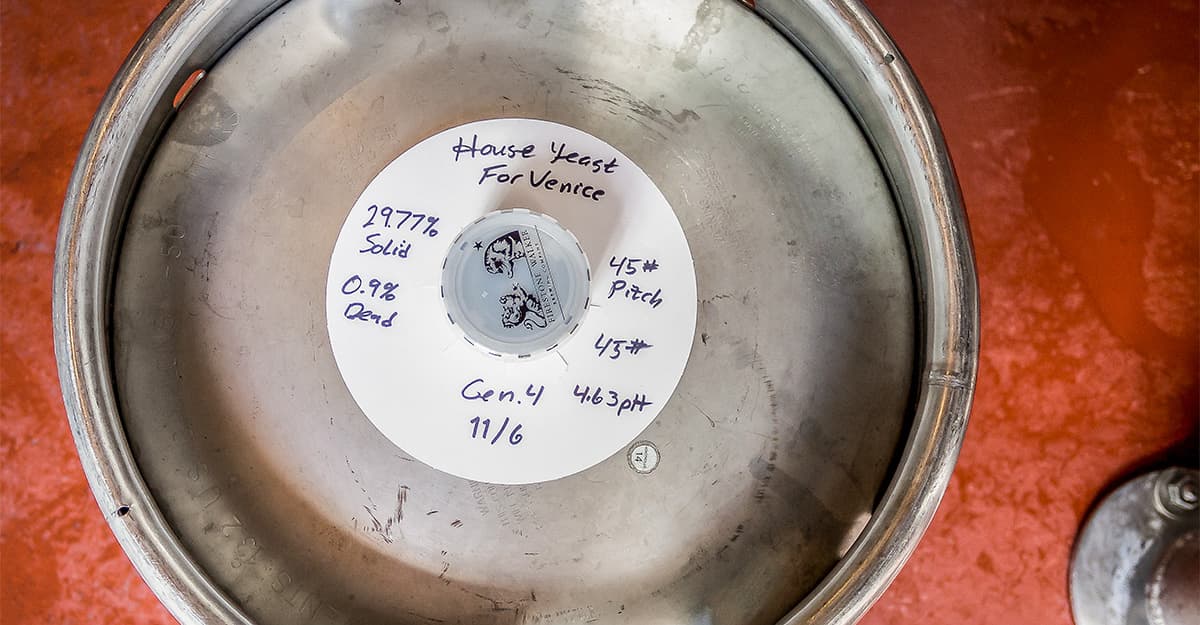
Is your small brewery ready for its own house yeast strain? Here are some key factors to consider, from sourcing it to keeping a close eye on it.
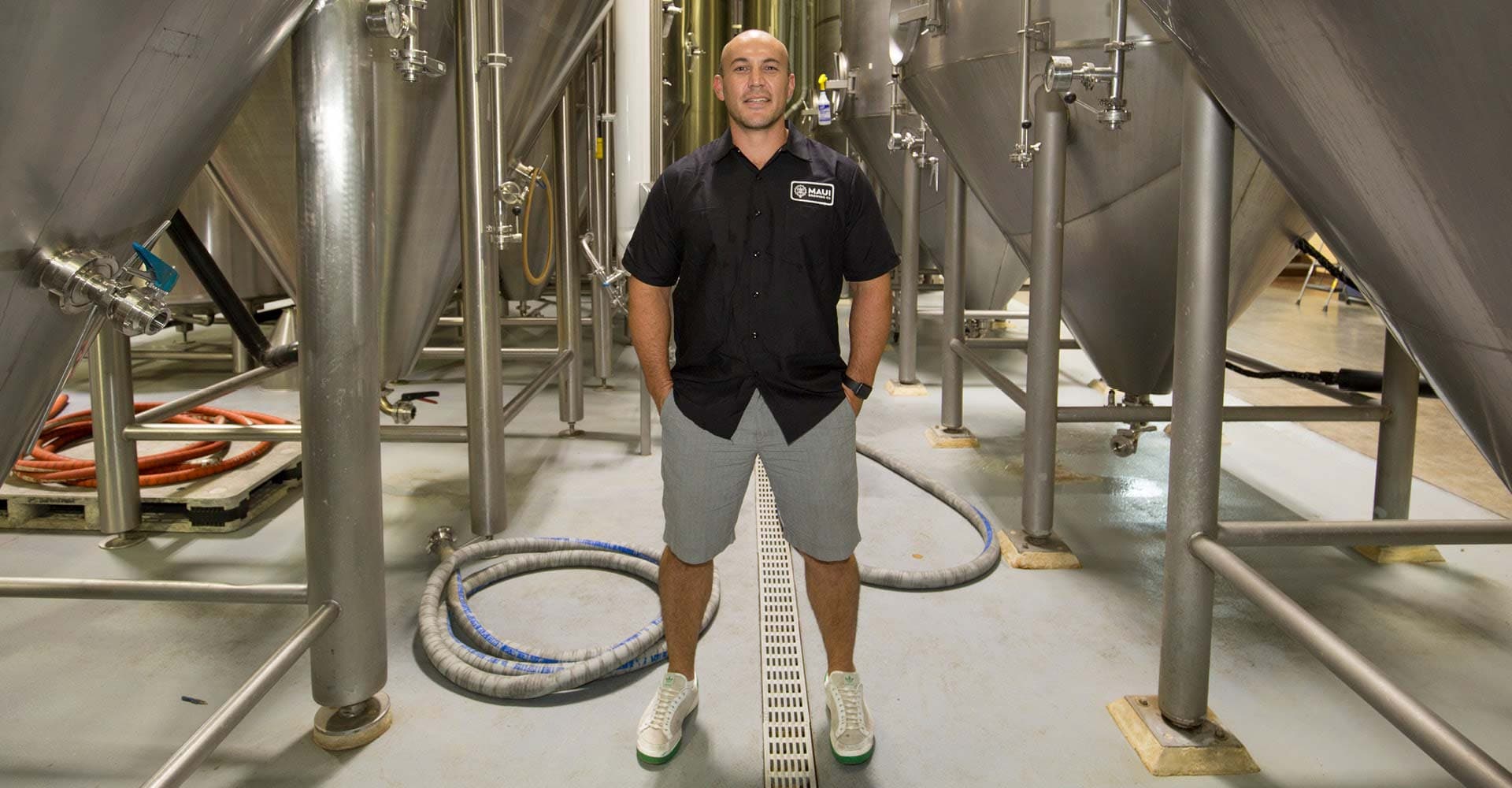
From HopTea to Howdy Beer, here are some recent news and announcements from across the beer industry.
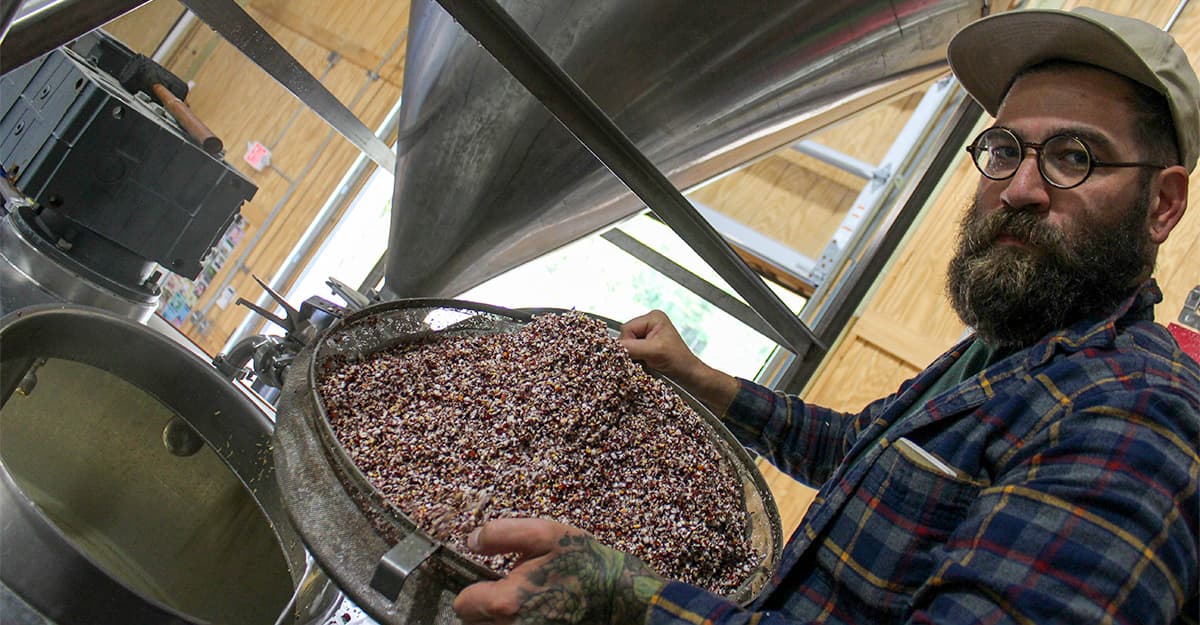
In pursuit of character and in support of farms, brewers are looking to unmalted grains, including unusual varieties and those grown close to home.
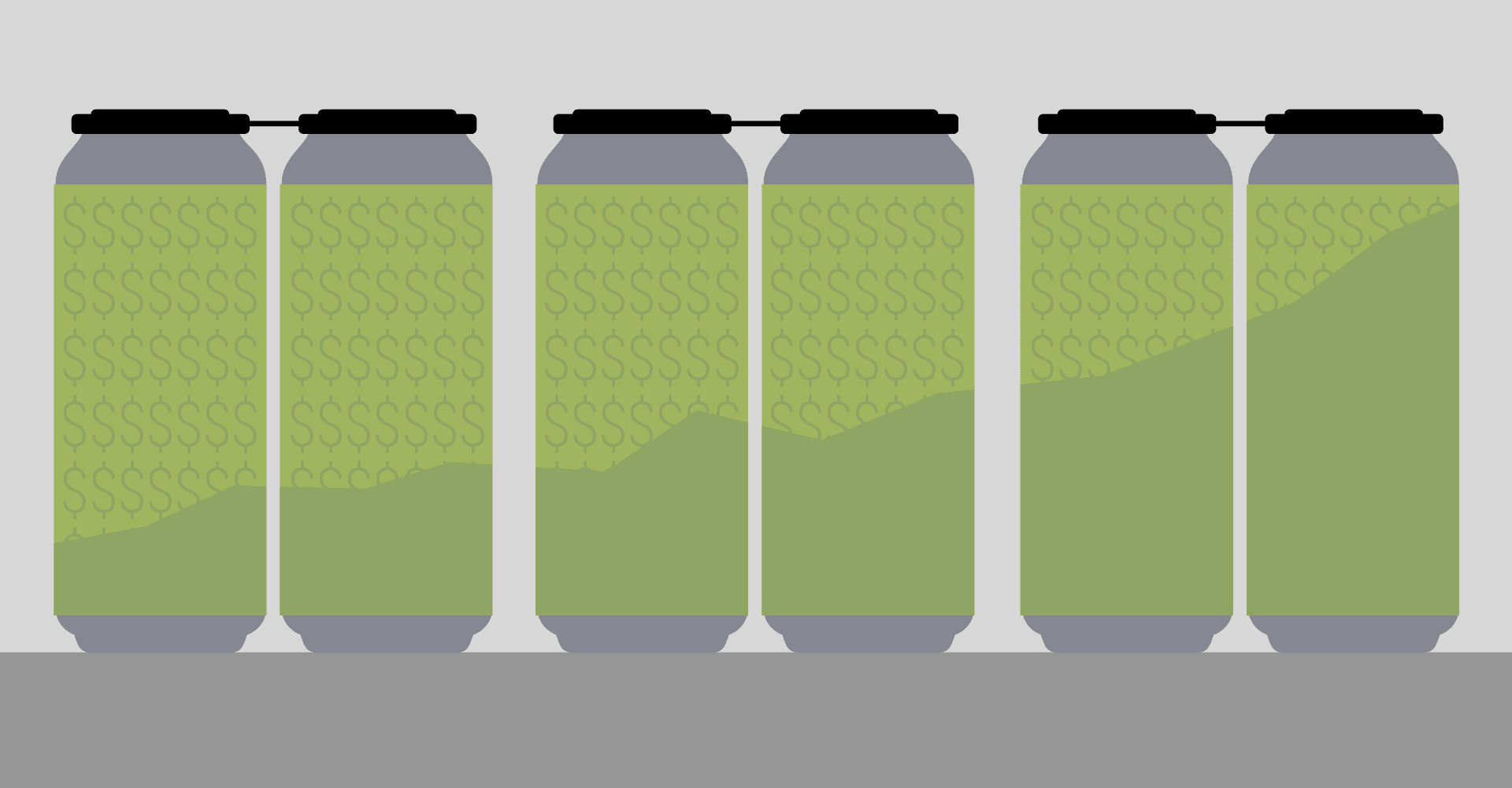
Everyone’s costs are up, with no return to “normal” in sight. Big Beer is raising its prices and profiting. So, is it time to raise your own prices? Not necessarily.
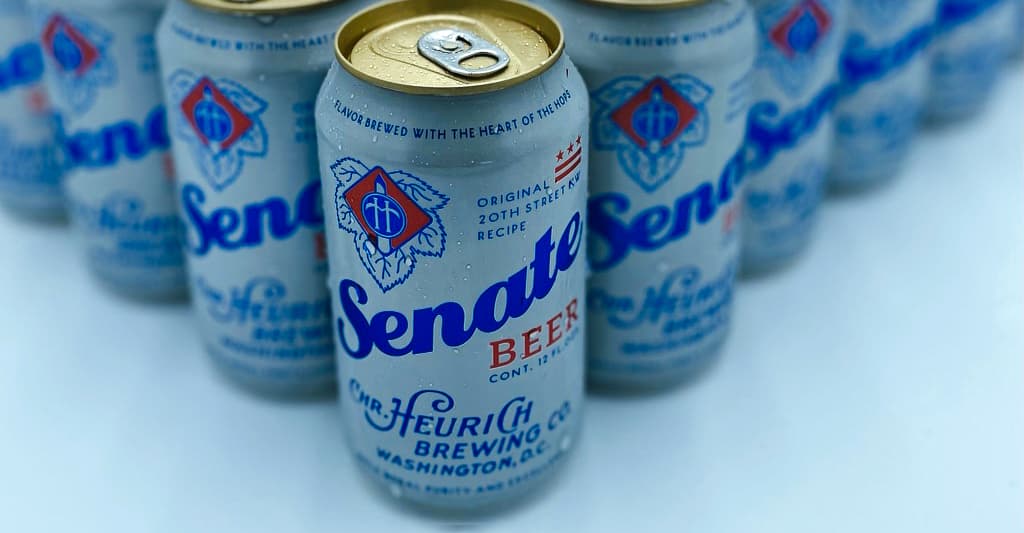
Driven by nostalgia, hometown connections, and the chance to sell some beer at volume, a handful of independent breweries are successfully reviving long-lost local lager brands.

On behalf of independent breweries, Brewers Association lobbyists are prioritizing issues such as direct-to-consumer shipping, support for hospitality businesses, and tax changes that could put breweries at a disadvantage on retail shelves.

As usual, the recent Craft Brewers Conference was a chance for hop suppliers to unveil new products and projects relevant to brewers—pelletized wet hops, concentrated Nelson Sauvin, the arrival of Luminosa, the hop harvests Down Under, and more.
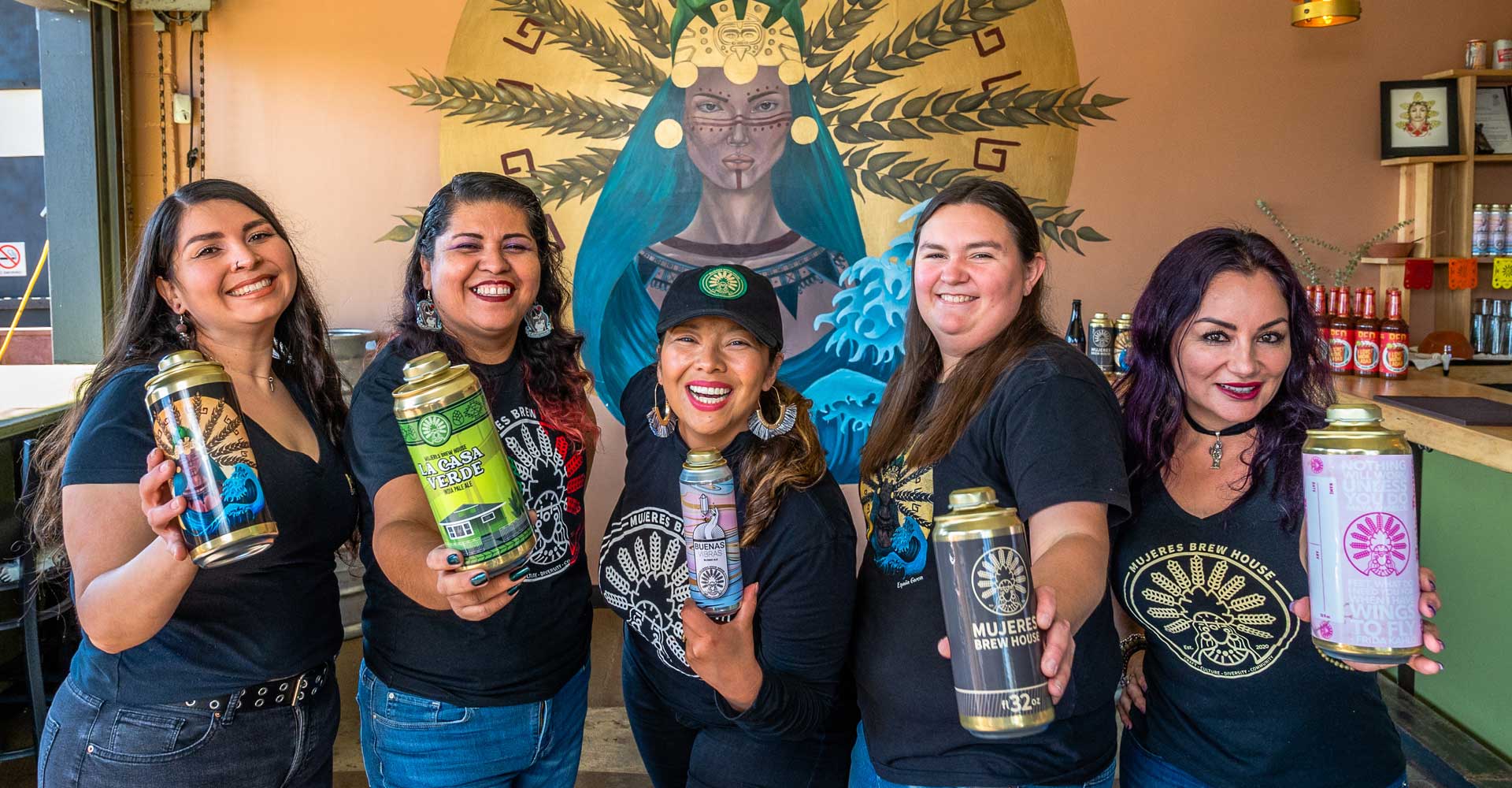
The women of San Diego’s Mujeres Brew Club elevated their beer-education group into a full-fledged coop brewery. Now, their goals to educate, empower, and employ women in beer are more valued than ever—and it’s a model that could work anywhere.

The pandemic streamlined the process of selling beer to accounts—and some of those changes are here to stay. While many embrace a return to in-person meetings, others prefer texts or online. To succeed today, sales reps need a more customized approach.
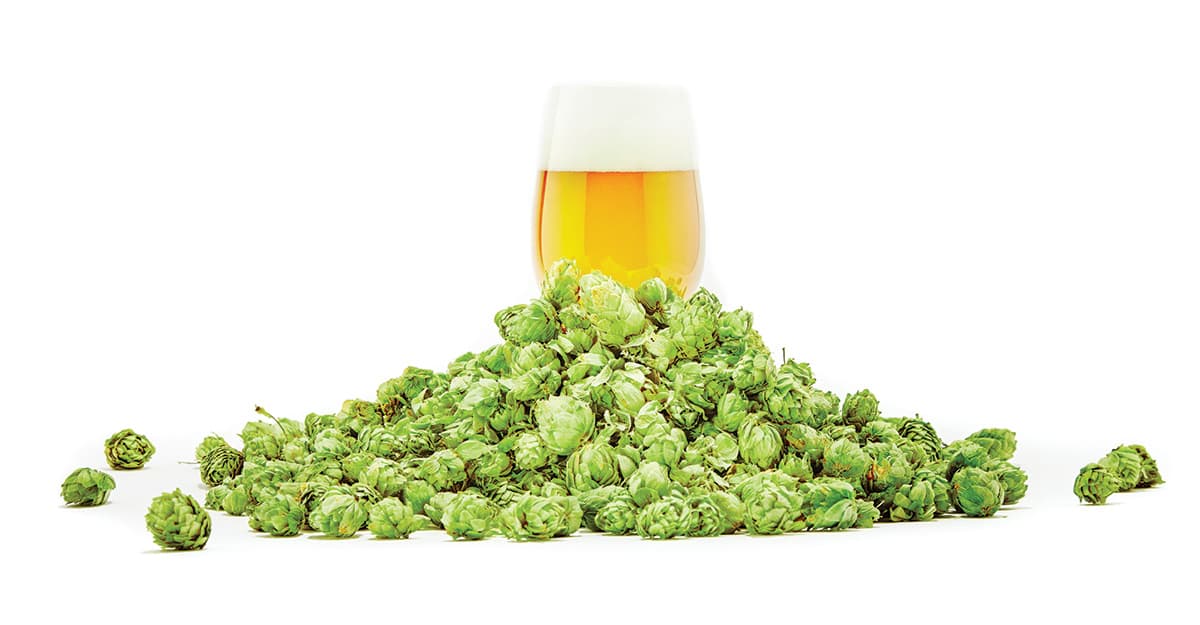
Fresh-hopped beers are becoming an increasingly viable option for breweries located far from harvest. Here are lessons from some wet-hop veterans on using the fresh, the green, and the unkilned.